
Spoiler alert: Electric vehicles are the future, and they’re destined to replace fossil fuel-powered cars. Unless you’ve got your head firmly buried in the sand, that won’t come as a shocker to you.
But credit where credit is due. We humans, we’re a pretty ingenious animal. We figured out how to build massive societies fueled in large part by poking holes in the ground and then burning the super-pressurized pre-historic algae we found. That was a neat trick, until we realized that it had the small downside of destroying the world we’re leaving for our kids. Whoops.
Now we’re in the process of righting that wrong. Some are embracing the change wholeheartedly, and others are being dragged into the future, kicking and screaming. But make no mistake, it’s the future and it’s coming.
But here’s the other little thing: While electric cars are undoubtedly the future and will represent the single largest shift in the private transportation sector as we move away from fossil fuel-powered cars, they aren’t the only solution.
But they sure are being touted like they are, since a few people make a lot of money when you buy an electric car. However, there are other alternatives to shift your transportation toward an electrified future and away from fossil fuels, even without owning an electric car. That’s exactly what I did.
Everyday I move around my city by electric vehicle. In fact, I own several electric vehicles. They just aren’t electric cars. They are a wide range of smaller personal electric vehicles.
Electric bicycles. Electric motorcycles. Electric mopeds. Electric scooters. Electric skateboards. I own them all and I use them all the time for my own personal transportation. Each one cost me a mere fraction of a Tesla or whatever fancy electric car you’re hearing about today. And each one of them gets me around the city faster, using less energy, for less money, and with a bigger smile on my face when I arrive. Well, except for the electric skateboard on that last note – that one is equal parts fun and terrifying depending on which roads I’m skating on. So maybe that one is part smiles, part slow-motion horror grimace.
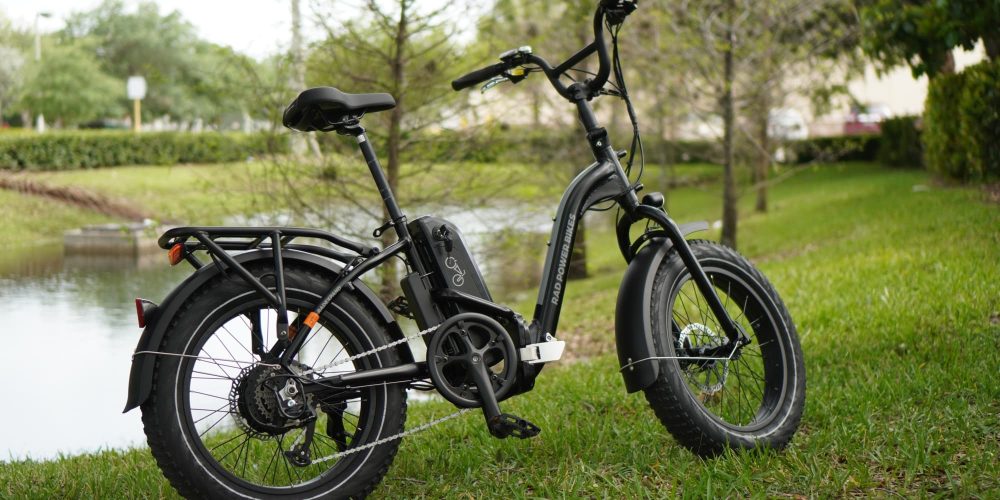
I listed electric bicycles first because e-bikes make up the single largest portion of my urban trips.
If there was ever a veritable miracle pill that could solve the biggest problems of urban transportation, this is it. The humble electric bike is the answer.
Don’t like being stuck traffic? Ride an e-bike.
Cars are too expensive? Ride an e-bike.
There’s never any parking? Ride an e-bike.
No time in your busy schedule for some light exercise or physical activity? Ride an e-bike.
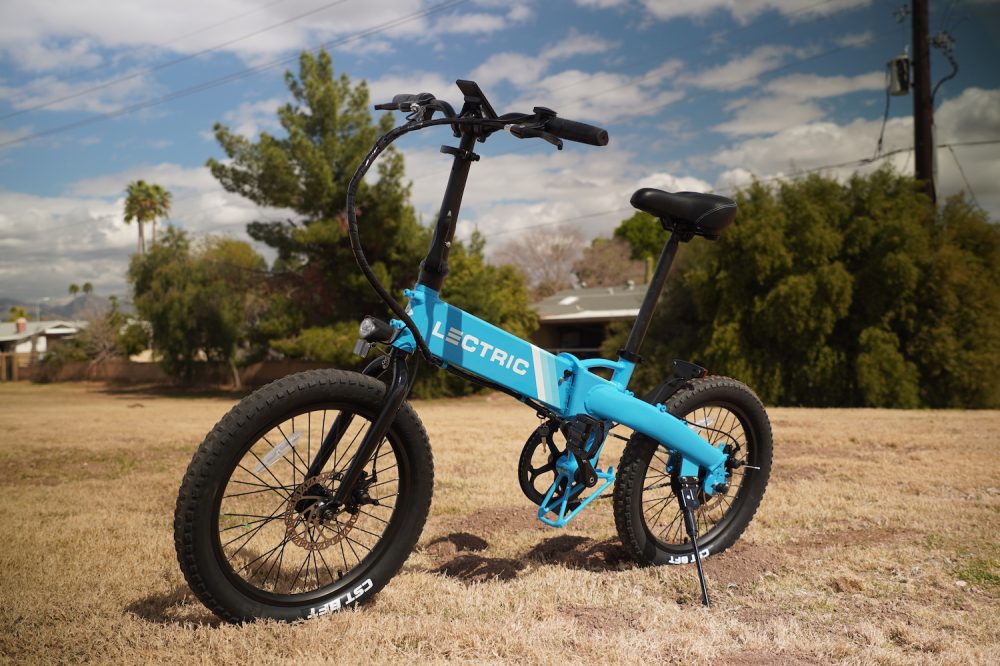
Electric bicycles are the wonder drug to solve the biggest annoyances of getting around a city. I will never not be able to smile at being able to take the bike lane and fly past some poor shmuck in a BMW swearing as he’s stuck in gridlock traffic.
Sure, e-bikes were all once pretty expensive. But those days are gone. Prices on good-yet-affordable electric bikes are constantly improving. One of my favorite e-bikes for city commuting goes 25 mph and costs barely $1K. For the cost of one Tesla, you could give an entire apartment building full of people their own personal electric vehicle.
But even more than the cost savings and convenience of e-bikes, they also solve the long-term problems that we don’t like to talk about.
While finding easy and free parking or using a cheat code to slip past morning rush-hour traffic are the flashy benefits of electric bicycles, other big wins like not leaving your grandkids with a fiery hellscape of a planet are pretty cool perks, too.
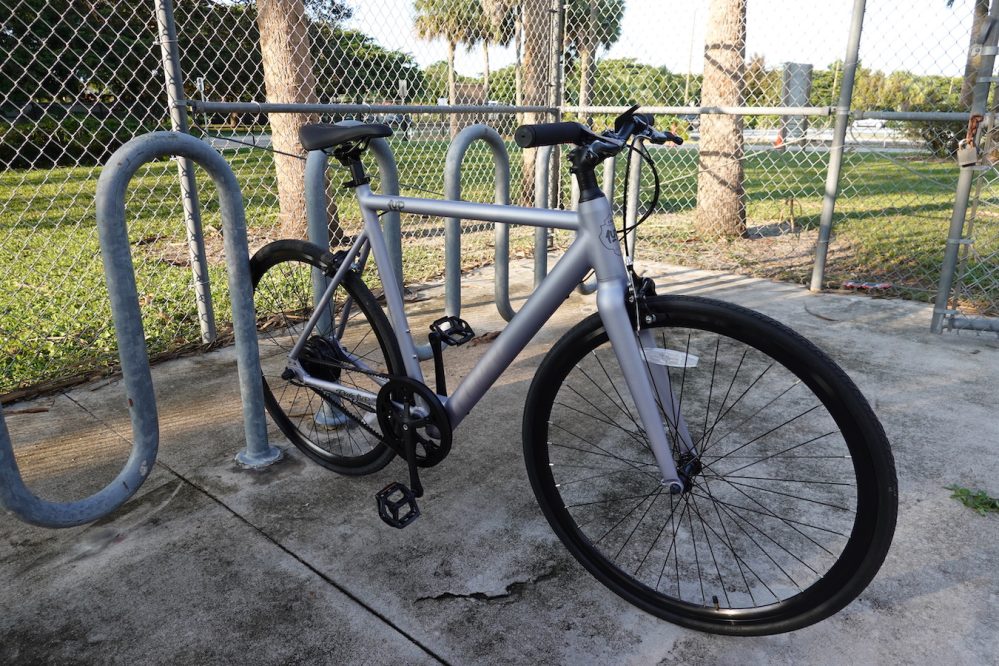
As I mentioned, I use all sorts of personal electric vehicles to commute around my city. When I need to travel at higher speeds, I hop on my electric motorcycle or electric moped.
For utility, I can’t beat my NIU NQi GT Extended Range. It hits nearly 50 mph (80 km/h), has a cargo box on back plus more space at my feet to carry bigger things, and gets a range of around 60 miles (100 km) on a charge. All for a tiny fraction of the cost of an electric car.
Oh yeah, and I love the way my wife hugs me tight when she rides on back.
As much as I love my electric bikes, my NIU is one of my favorite personal EVs. It may sound silly, but it’s the minivan of electric two-wheelers. Check it out in my ride video below.
For shorter trips when an electric moped or e-bike is more vehicle than I need (and I don’t want to lock up an e-bike outside), I’ll ride a smaller folding electric scooter or electric skateboard. Both can usually be brought inside many businesses or offices without anyone batting an eye.
I’ve even experimented with electric unicycles, which are actually incredibly convenient as an entire commuter vehicle that has the size and portability of a briefcase.
But by and large, e-bikes are my favorite form of electric vehicle. And since it also just happens to be National Bike to Work Day (look how well that worked out, almost like it was planned…), perhaps it’s a good time to think about how an e-bike might work for you, too.
As Bird’s VP of consumer products Dan Dumansau explained via email to Electrek, “We believe National Bike to Work Day should be every day! Each short car trip replaced with an eco-friendly bike contributes to cleaner air and safer streets for communities.”
I couldn’t agree more with Dan. I’ll be hopping on his Bird V-Frame electric bike soon for a review, but in the meantime I’ve reviewed hundreds of electric bicycles and pretty much everyone one of them could make an awesome alternative to a car for commuting around a city (though some might be a tad bit overkill for that task).
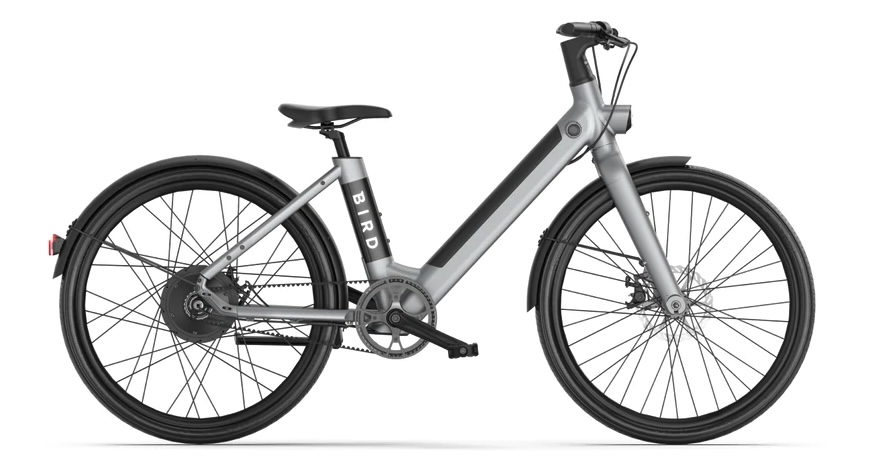
Ultimately, we’re all collectively staring down the barrel of climate catastrophe. We just are. And changing our transportation habits is one of several ways we can make a meaningful contribution to not completely destroying the habitability of our planet.
But while electric cars are often touted as the flashy solution, sometimes no cars is an even better solution. Instead, smaller personal electric vehicles (or even non-electric pedal vehicles for those that have the physical fitness for them) are the better solution for cities around the world.
There are many other helpful solutions too that shouldn’t be overlooked. Improving public transportation systems to reduce car dependency would be another huge step in the right direction.
Even non-transportation areas should be scrutinized. Taking a harder look at how and where we produce our food and the effect it has on climate change would make another giant impact. Personally, I just marked one year from switching to a largely plant-based diet (I cheat with ice cream), and I’m proud to say that I’ve even avoided the common pitfall of smugly telling the world about it. Oh wait, dammit.
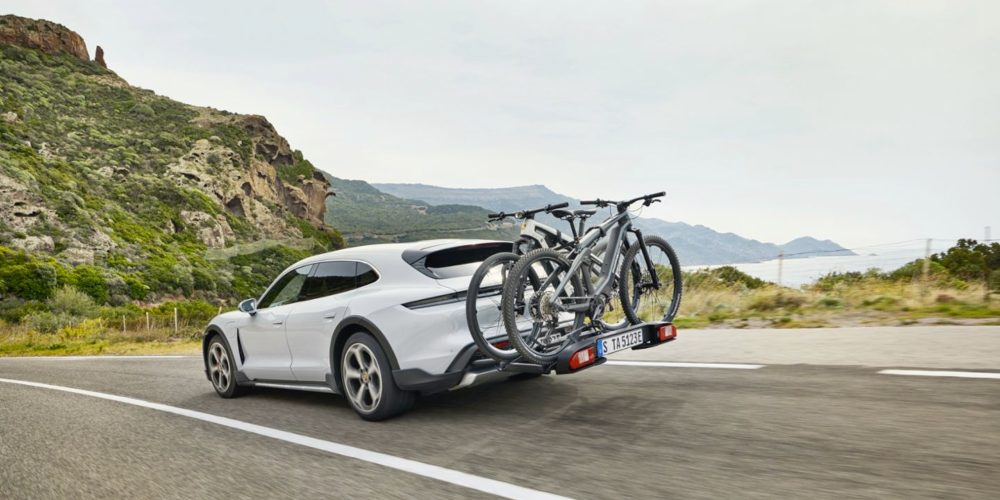
The point is, there are a lot of steps we can all take, some small and some large, that can help move us toward a future with a massive reduction in human impact on climate change. But the flashy “switch to an electric car” commercials aren’t providing the panacea that many hope.
Change starts small and it starts locally. And when it comes to reducing the impact of our transportation needs, small and local are essentially synonymous with personal electric vehicles. They go together like sandal hikers and granola.
And whether it’s throwing your leg over an economical electric bicycle or strapping on that sexy motorcycle helmet and jacket to commute to work on an EV that takes up just 20% the space of an electric pickup truck (and that costs just 10% of the bill to charge), there are so many fun and efficient alternatives out there that they tend to sell themselves.
Speaking of which, now we just need more state incentives to make them even more affordable. Though with awesome electric bicycles available at literally every price level, there’s probably something out there for you already.
Subscribe to Electrek on YouTube for exclusive videos and subscribe to the podcast.
Author: Micah Toll
Source: Electrek



